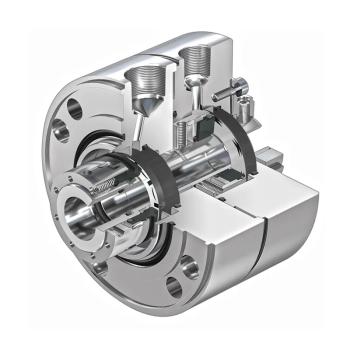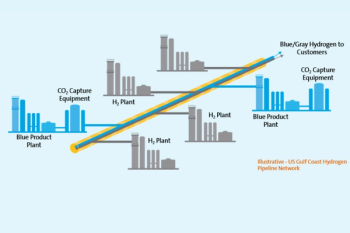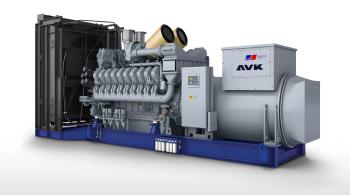Venture Global kicked off site work and full mobilization at CP2 LNG, its third LNG export facility, after receiving final approval and Notices to Proceed from the Federal Energy Regulatory Commission (FERC) and its non-FTA export authorization from the U.S. Department of Energy.
Key Takeaways
- Venture Global has begun site work and full mobilization for its CP2 LNG export facility after receiving final federal approvals.
- The CP2 project aims to deliver reliable, low-cost LNG globally starting in 2027, supporting thousands of jobs in Louisiana.
- This is Venture Global's third LNG export facility, building on its modular design strategy with significant off-site work already in progress.
“Venture Global applauds the Commission and FERC staff for their continued work to advance critical U.S. energy projects like CP2 LNG that support our allies abroad and thousands of jobs here at home,” said Mike Sabel, CEO of Venture Global. “With all federal approvals now in hand, we are excited to announce that we have launched on-site work for this Project, which is expected to deliver reliable, low-cost LNG to the world starting in 2027. I am proud of our team and their relentless commitment to execution, which has enabled our company’s historic achievements and rapid growth from a start-up to breaking ground on our third LNG export facility since 2019.”
According to the company, upon completion, Venture Global is expected to become the largest LNG exporter in the United States and the second-largest globally, while CP2 is expected to provide U.S. LNG to Europe, Japan, and other global allies.
The Project will support approximately 3,000 new jobs in Louisiana—400 of which will be direct, permanent employees of CP2—and pay more than $4 billion in local property taxes during its operation.
CP2 builds off Venture Global’s “design one, build many” modularized LNG facility strategy. It already has significant off-site work underway on the Project modules and equipment.
LNG Market
In April 2024, the U.S. Energy Information Administration (EIA) anticipated a modest increase in U.S. LNG exports for the year (2%), followed by significant growth in 2025 (an additional 18%). This growth is mirrored by expectations for a rise in U.S. natural gas exports by pipeline (3% in 2024, 4% in 2025) and a slight dip and recovery in pipeline imports in 2024 and 2025, respectively. Concurrently, S&P Global Ratings forecasted stable hydrocarbon prices supported by the Organization of the Petroleum Exporting Countries (OPEC), alongside a year-end rebound in gas prices driven by LNG export expansion and infrastructure developments.
“Low U.S. natural gas prices will likely continue for at least the next 10 years, fueling more LNG developments due to the low base price of natural gas,” said Marybeth McBain Product Line Manager - IGC New Apparatus, Global Sales at Ebara Elliott Energy.
This price point will not only bolster further LNG developments but also the construction of natural gas combined-cycle (NGCC) power plants. “The low and cleaner natural gas fuel will propel more NGCC power plants to be constructed, which provide reliable baseload power to supplement a growing renewables portfolio for the U.S. electric grid—eight new NGCC plants since 2022. This favors all gas-fired turbomachinery supporting the natural gas industry in the United States,” McBain said.
In this context, emerging trends such as modularization and the adoption of e-LNG technologies are reshaping the industry. “LNG projects are requiring modularization to eliminate risk in the field, i.e., stick built, in addition to a decline in available field labor,” said Joel Schubert, Director of Business Development LNG at Siemens Energy. “We also see a trend for future LNG projects going forward with e-LNG (electric motor drives) to reduce emissions and their carbon footprint.”
Moreover, the broader shift toward decarbonization and emissions reduction in LNG projects has started to affect LNG new developments. “Operators are considering greenhouse gas emissions, making changes in design accordingly, and moving toward electrification of some, if not all, of the major compression/pumps in the LNG plant,” McBain said.






